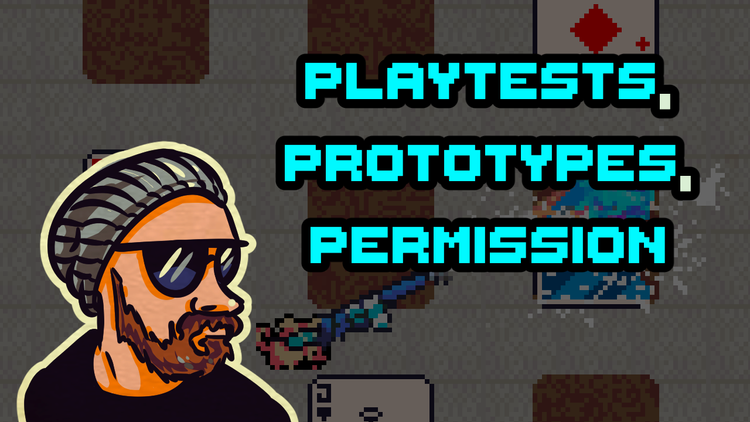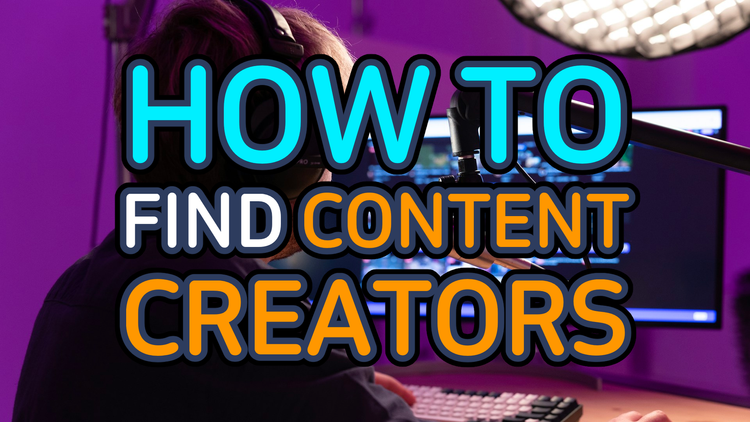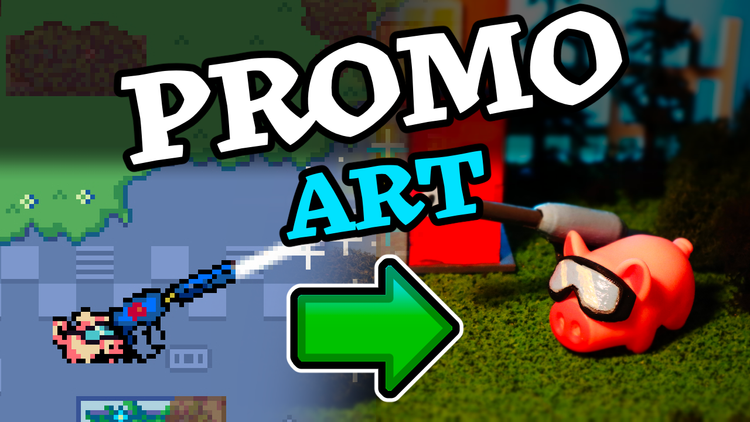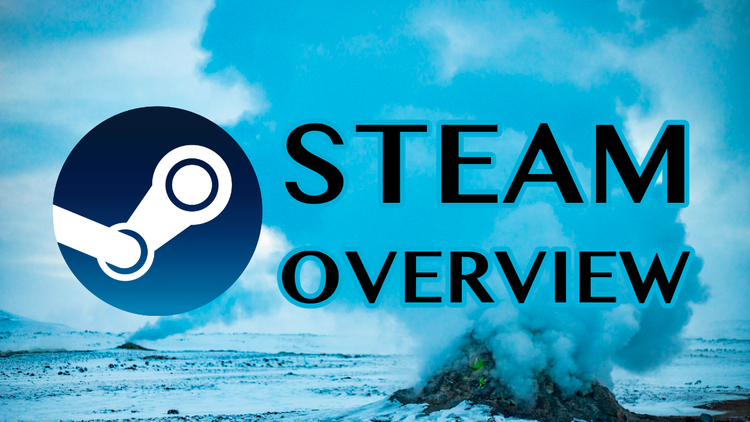How to decide what game to make
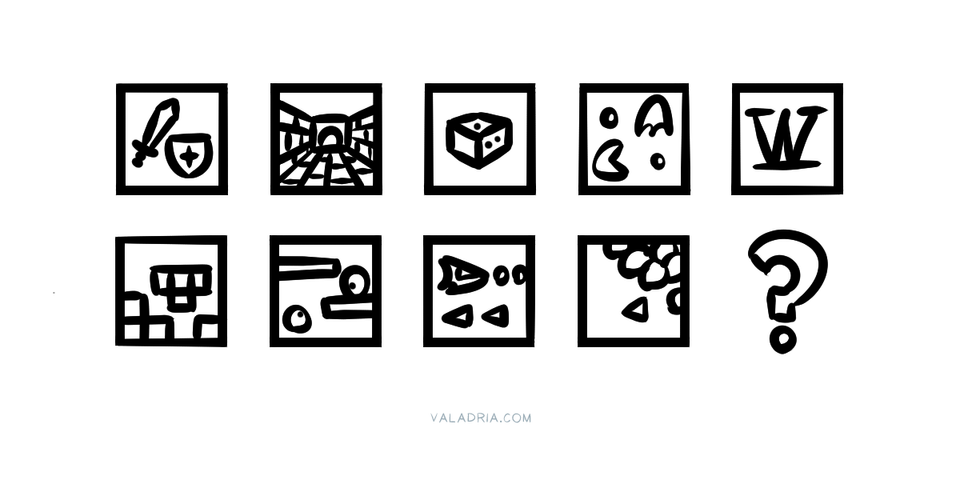
"What game should I make?"
This is a tough question that almost all game developers struggle with. There are infinite possibilities and many of them compete in your mind because they are all so exciting. But sometimes you just need to focus on one and get it done. Let's discuss some ways to help you decide which project to choose.
Scratch Your Itches
Your itches are things that you are passionate about and feel compelled to work on. When a game concept is itchy, you almost can't stop yourself from working on it, even in small ways like jotting down notes.
It can be tricky to locate your precise itches; it's like trying to hit a moving target. Your tastes change over time, as do your technical skills (and capability of making certain types of games). Video games are designed to be alluring, fascinating things. They're seductive by nature and even a game concept that only moderately appeals to you can feel really good to work on. Sometimes you think you're scratching your itch, but you know how it is when you can't reach an itch?
It's not ... quite ... there!
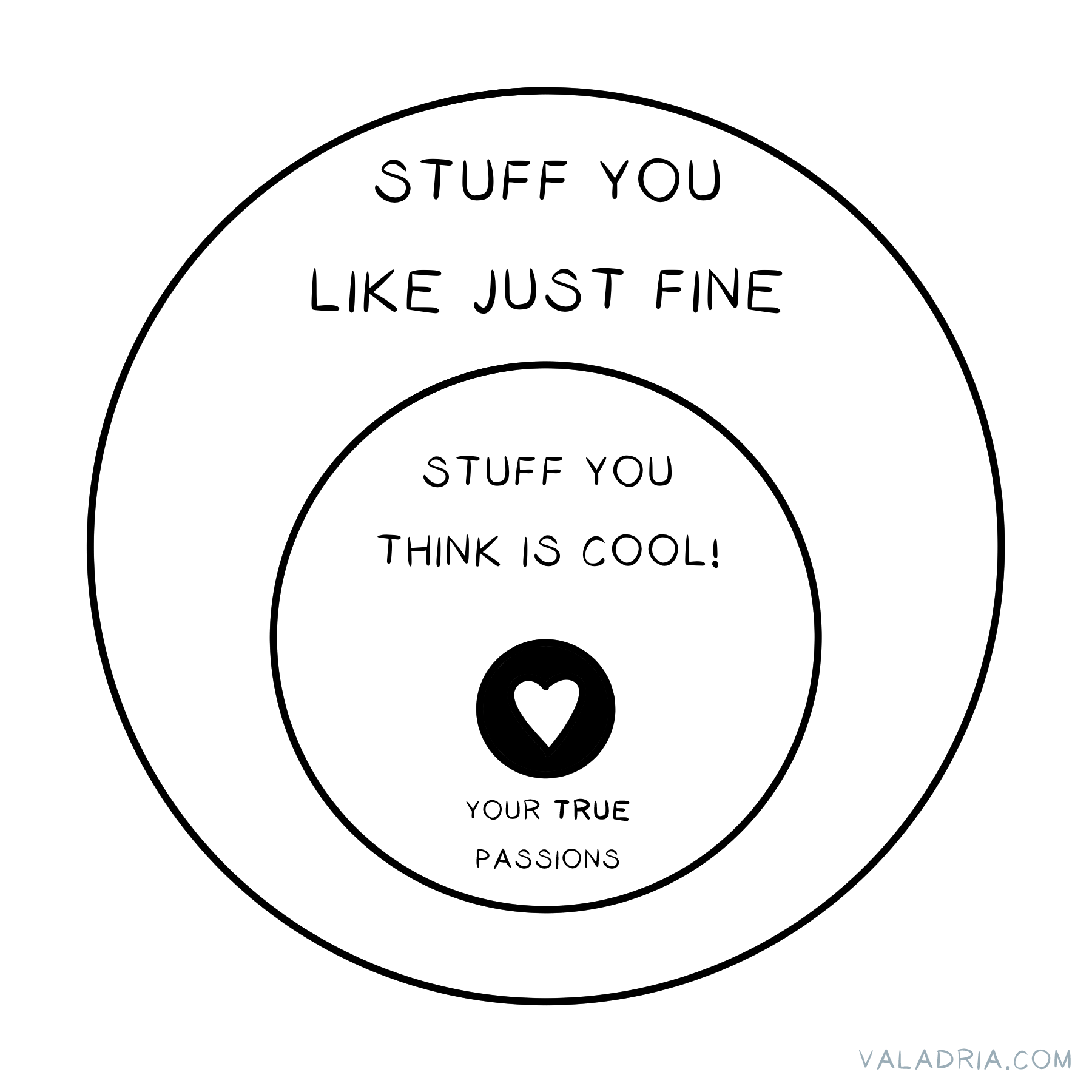
Without scratching your exact itches accurately, you'll constantly be distracted by new ideas for concepts that probably scratch your actual itches better. When you find yourself thinking, "I keep coming back to this idea ..." then that idea very likely contains one of the core itches that you should scratch.
A good test for whether your project is properly scratching your itches or not is: it should be extremely exciting to you. You should be able to talk about your game easily and clearly. When you tell someone about it, you don't even really have to keep explaining why it's cool because the energy from you is so palpable.
Prototype
Prototyping is key to figuring out if the game concept you have is the "right" one for you to finish making. A prototype is a rough, preliminary version of a game concept that gets the point across without requiring too much time or energy.
Sometimes I'll have an idea that I'm excited about but the project ends up losing steam well before the finish line. Early on, I'm sure it's the "right" project, that it's a great idea, and that this time I'll finish the game. But then I'll make a prototype, and eventually realize that it's not quite the right project for me. I was scratching itches but they weren't accurate enough.
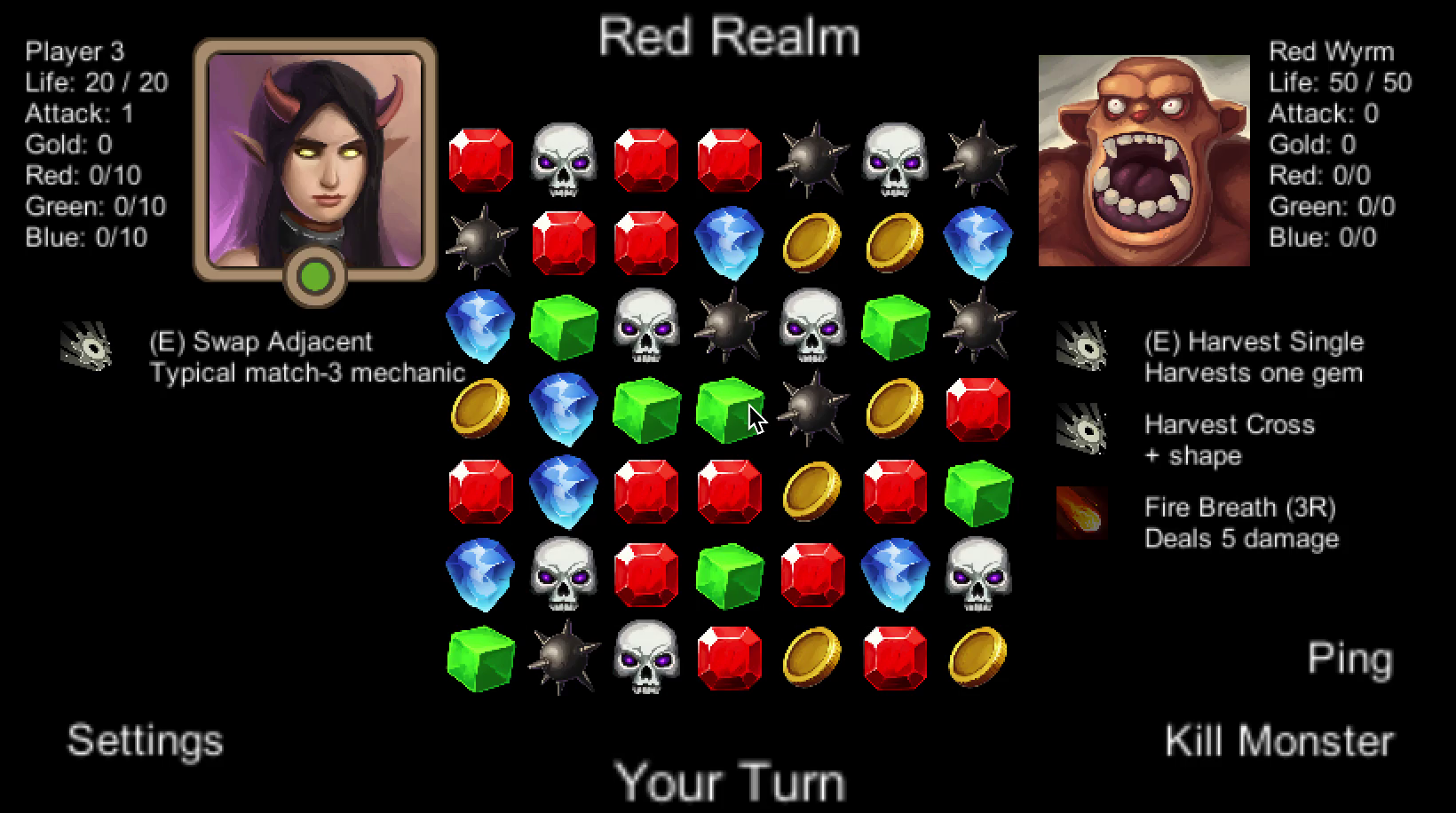
One time it was an RPG and I prototyped enough to realize, "Man, I really don't enjoy working on tons of stats or user interface like menus and buttons and lists and zzz ..." Other times I'll prototype a puzzle game or something for a while, before I remember that puzzle games aren't usually exciting enough for me to dedicate weeks or months to finishing them. On a project that more accurately scratches my itches, that wouldn't be a problem. You have your own things like this that you gotta figure out.
You might think that you're sure about a concept that you haven't prototyped yet, but you can't be because what's in your head is not a video game. The long, taxing process of transforming what's in your head and manifesting it into real, working software changes your initial vision drastically.
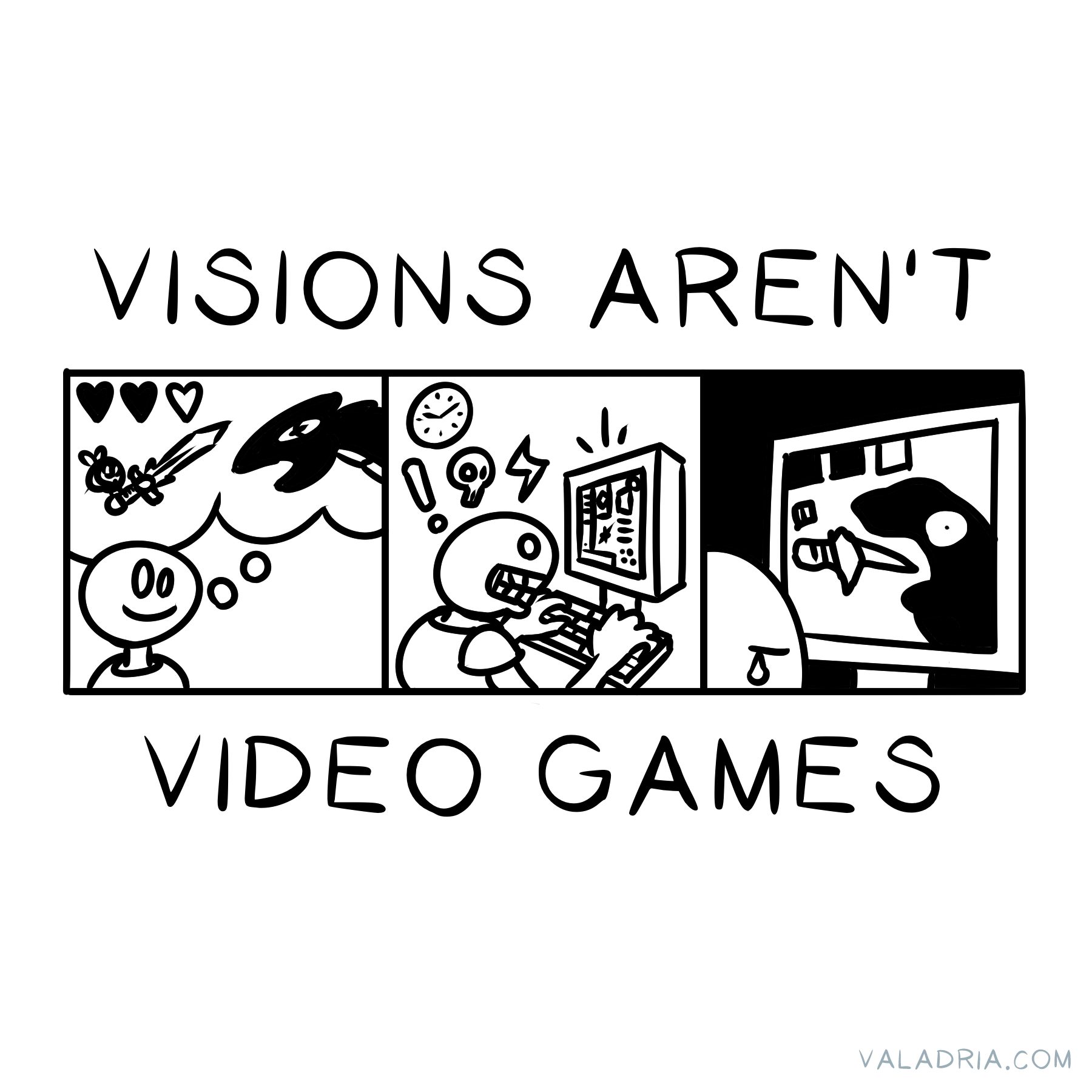
Visions aren't video games. The only way to determine if your vision would make for a good (and finishable) game or not is to make a prototype.
Grant Your Wishes
"What game should I work on?" is almost an invitation to grant a wish.
If you don't grant your own wishes, then who will?
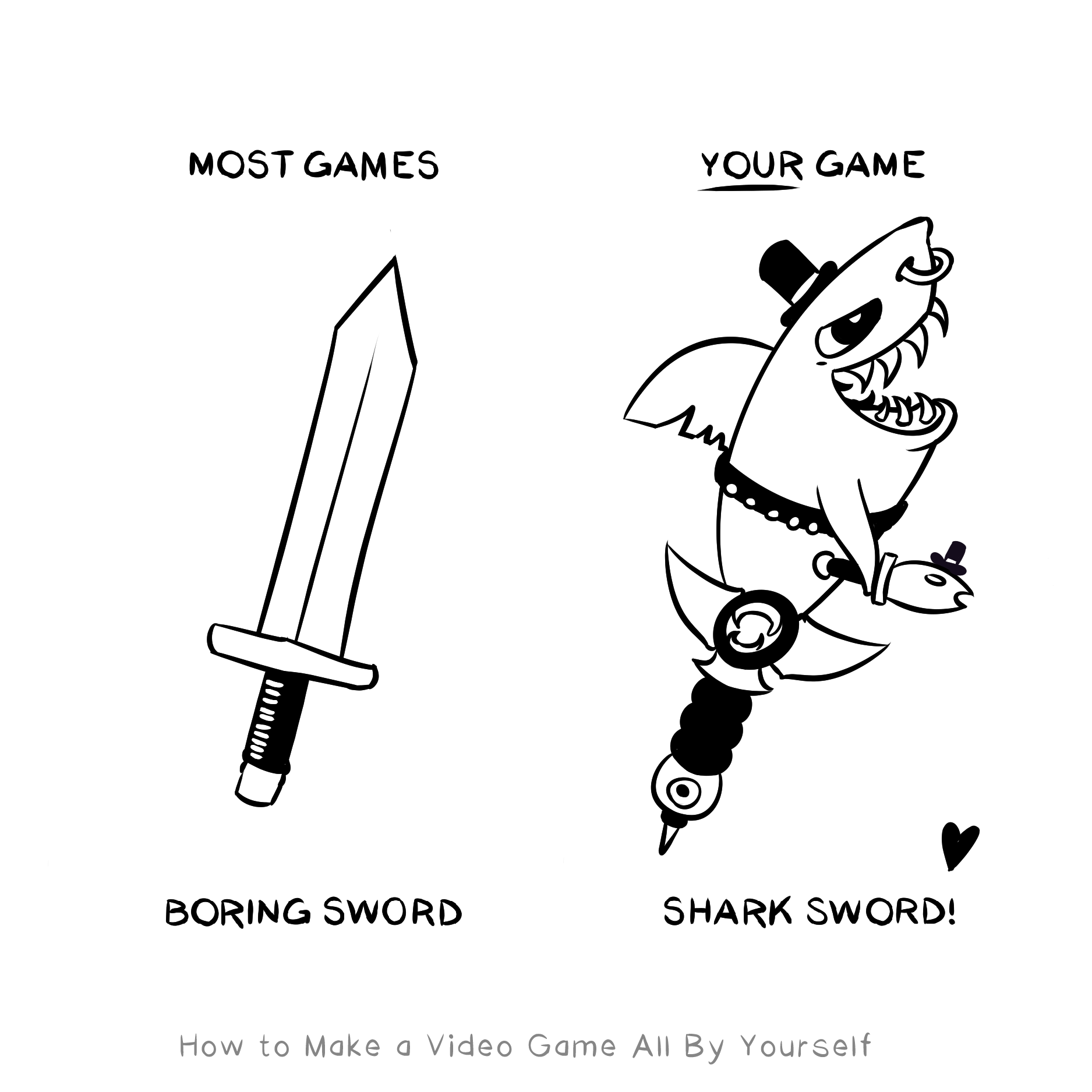
You may be thinking, "I don't know what to wish for." Oh, but I think you do, deep down. Just let it sit for a while. What are some of your favorite games? What traits do they all share? What traits do none of them have? Once you start to list these things out, the concept you should be working on becomes clearer.
The most common type of game you play is most likely the type of game you should be making. If almost all of your favorite games are turn-based tactics games then maybe you should make a turn-based tactics game!
If you're obsessed with bees and cover your walls with pictures of bees then I really want you to make a game about bees. Pretty please.
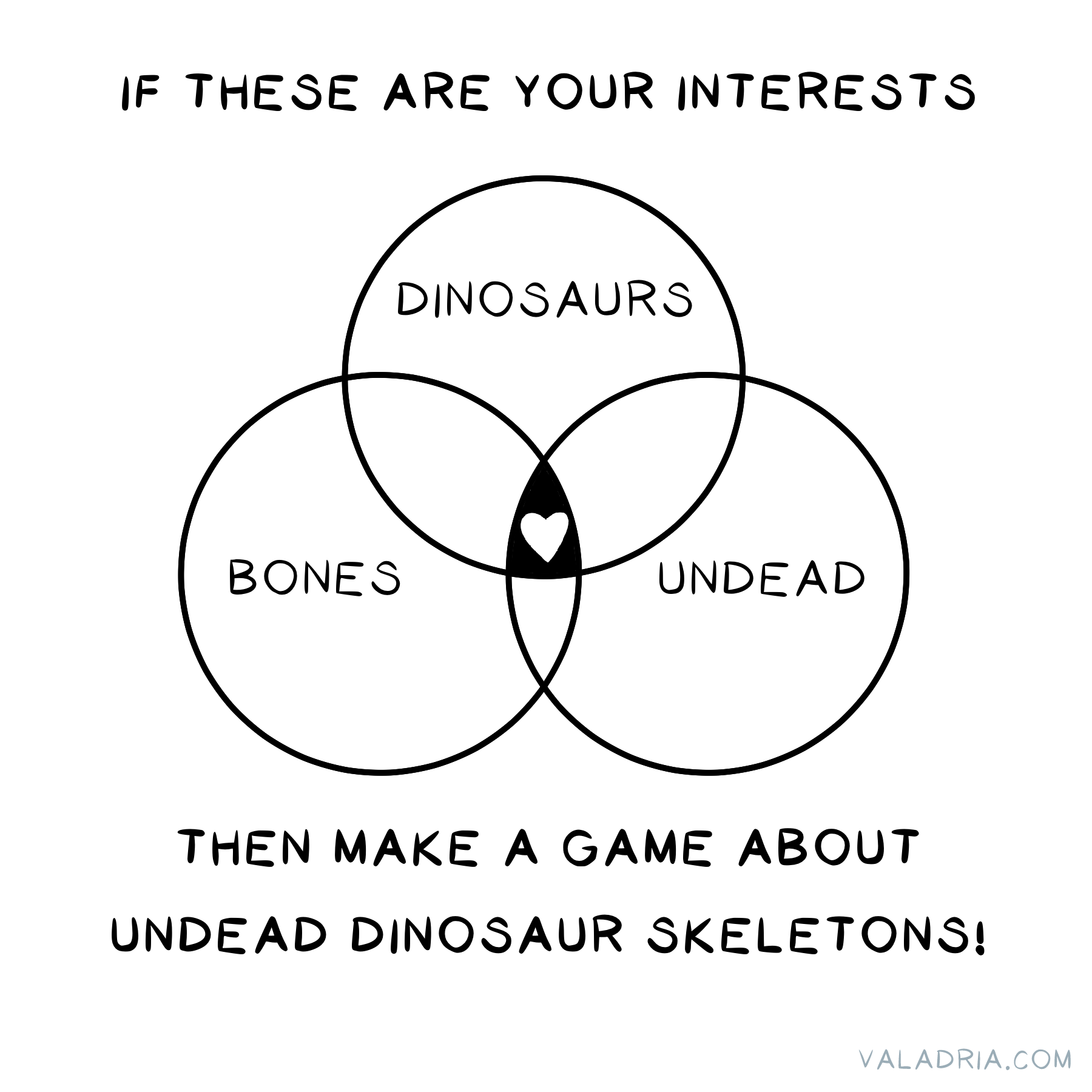
Apply Limitations
As a creative person, limitations are your friends.
Limitations remove work from your plate and back you into a corner where creative inspiration awaits. Sometimes limitations are exactly what you need to make a project much easier to finish.
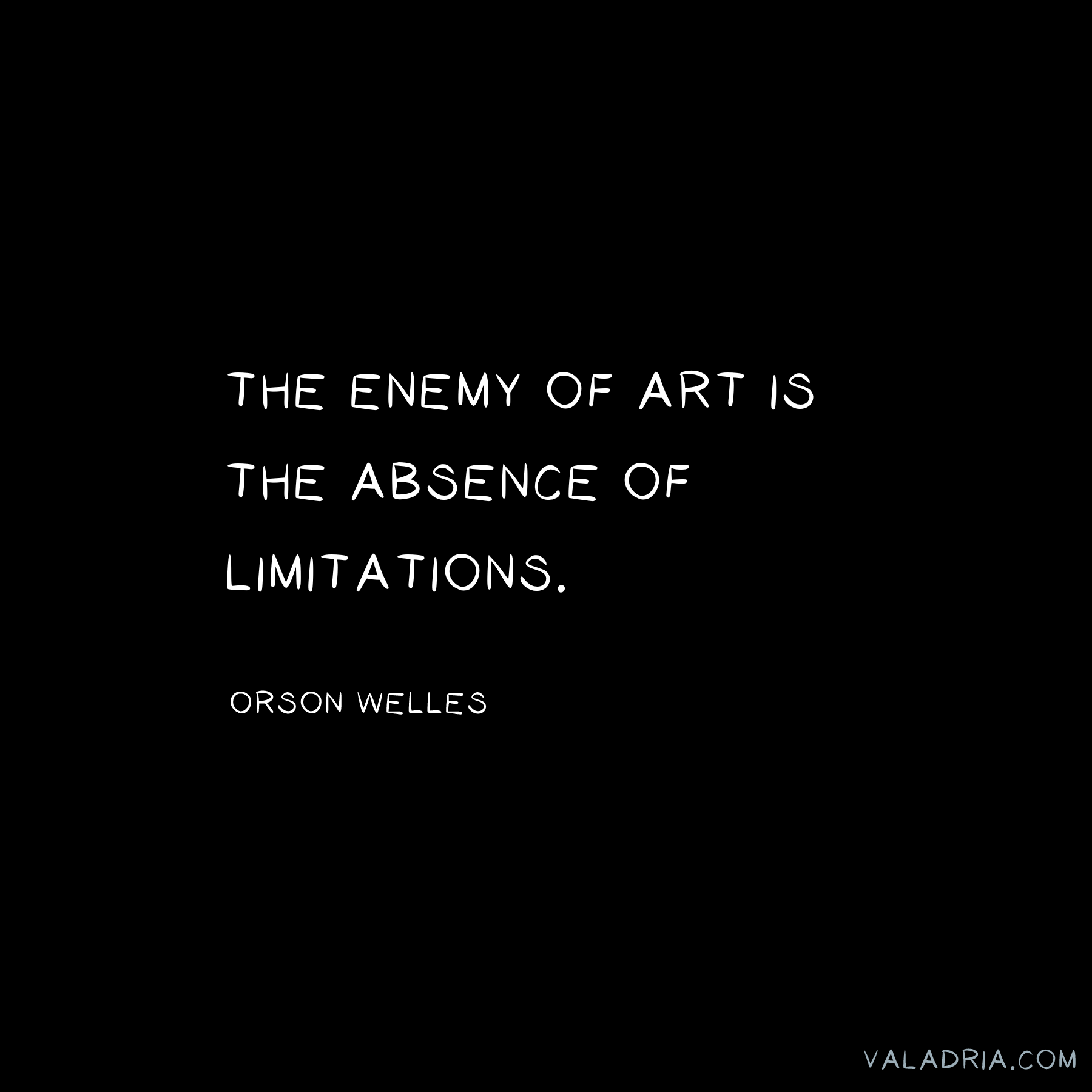
Limited but effective art styles: you see them all over indie games. Low-resolution pixel art, low-polygon 3D models, stick figure drawings, ASCII art, and the list goes on. All are solid limitations for making your game easier to finish.
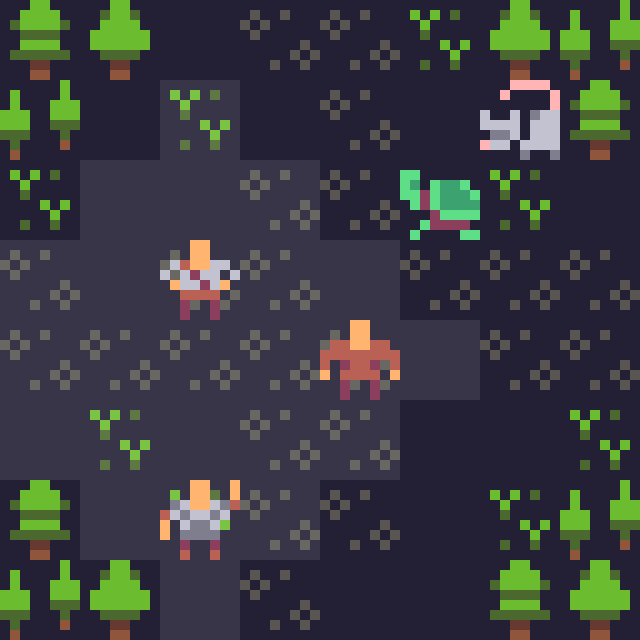
Here's a thought experiment: take one of your game ideas and start applying limitations. Make cuts, imagine how it might work, and if it sounds interesting enough, prototype it out. You should try to design limitations that are specific to your unique concept, but here are some ideas:
- Decide there will be no combat.
- Choose a dead-simple visual aesthetic.
- Make your game in classic black and white.
- Pick one of your mechanics and cut it out entirely.
- Animate nothing (maybe apply juice to make up for it).
- Make the entire game take place in a single screen (no scrolling!).
- Choose a single type of input (for example, support only the mouse).
Applying limitations can move the finish line much closer to you and help you finish a game.
Ship Something
It's hard to pick which game idea to take to the finish line. I have embarrassingly high stacks of unfinished game designs, dozens of folders with half-baked ideas, barely working Unity projects, and incomplete web games. This isn't a bad thing (in fact it makes my workshop strong, something I'll write about soon), but wouldn't it be a shame if that's all I had ever made?
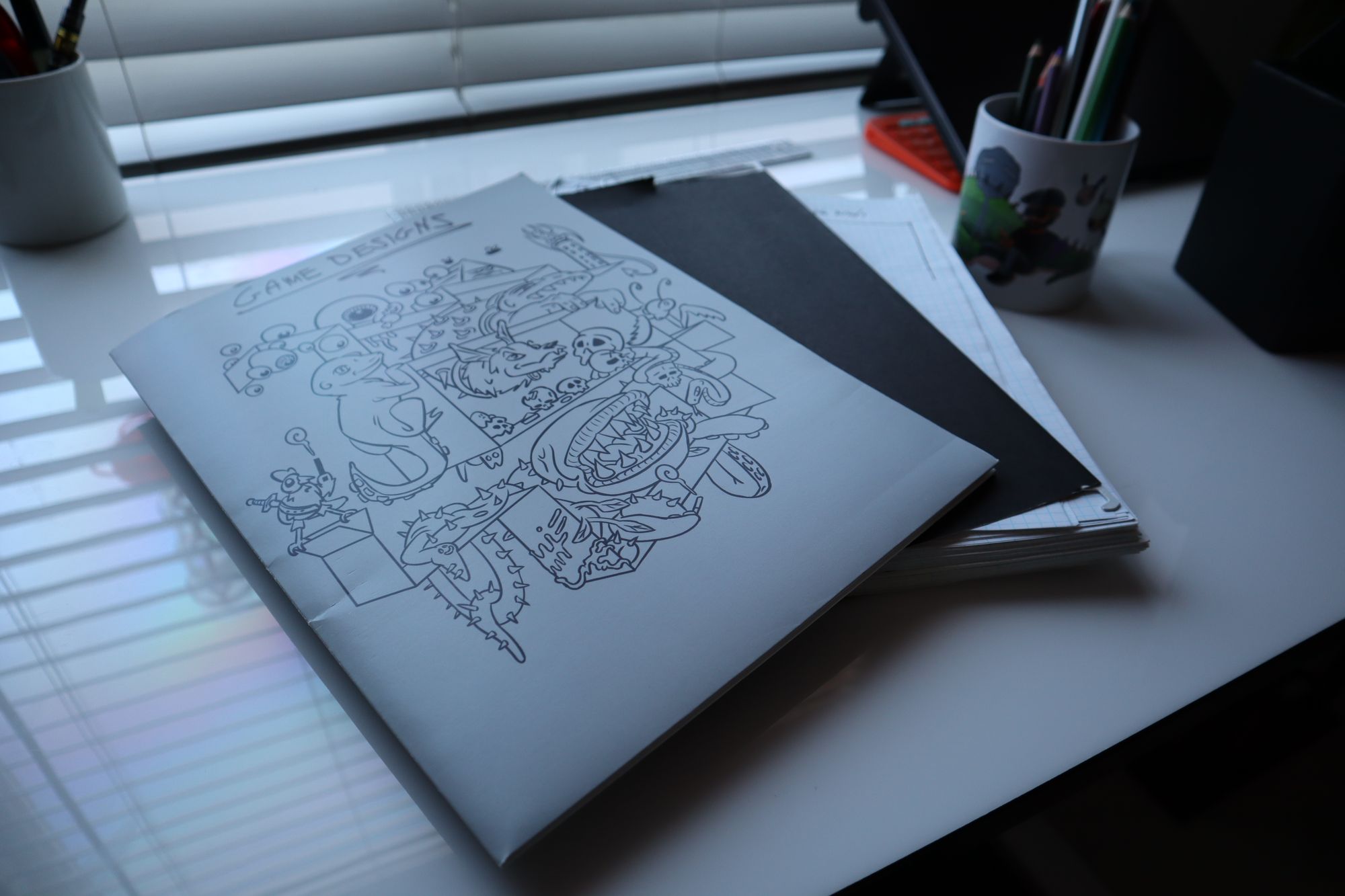
We are all human. We have finite time on this planet, and for us creative types, we simply must express ourselves through our creative work. For that work to be communicated as intended, well, it must be finished.
Creative people gotta finish things and since you're a game developer, you've gotta finish games. If you've never shipped a game before, it's especially important for you to get something out there into the world.
Shipping your second (or third, or thirtieth) game comes with its own challenges. Sometimes you feel slight (or intense!) pressure for your next game to one-up a previous game, or for your game dev skills to suddenly skyrocket from all the experience you've been building. These factors can make it even harder to pick which idea to focus on.
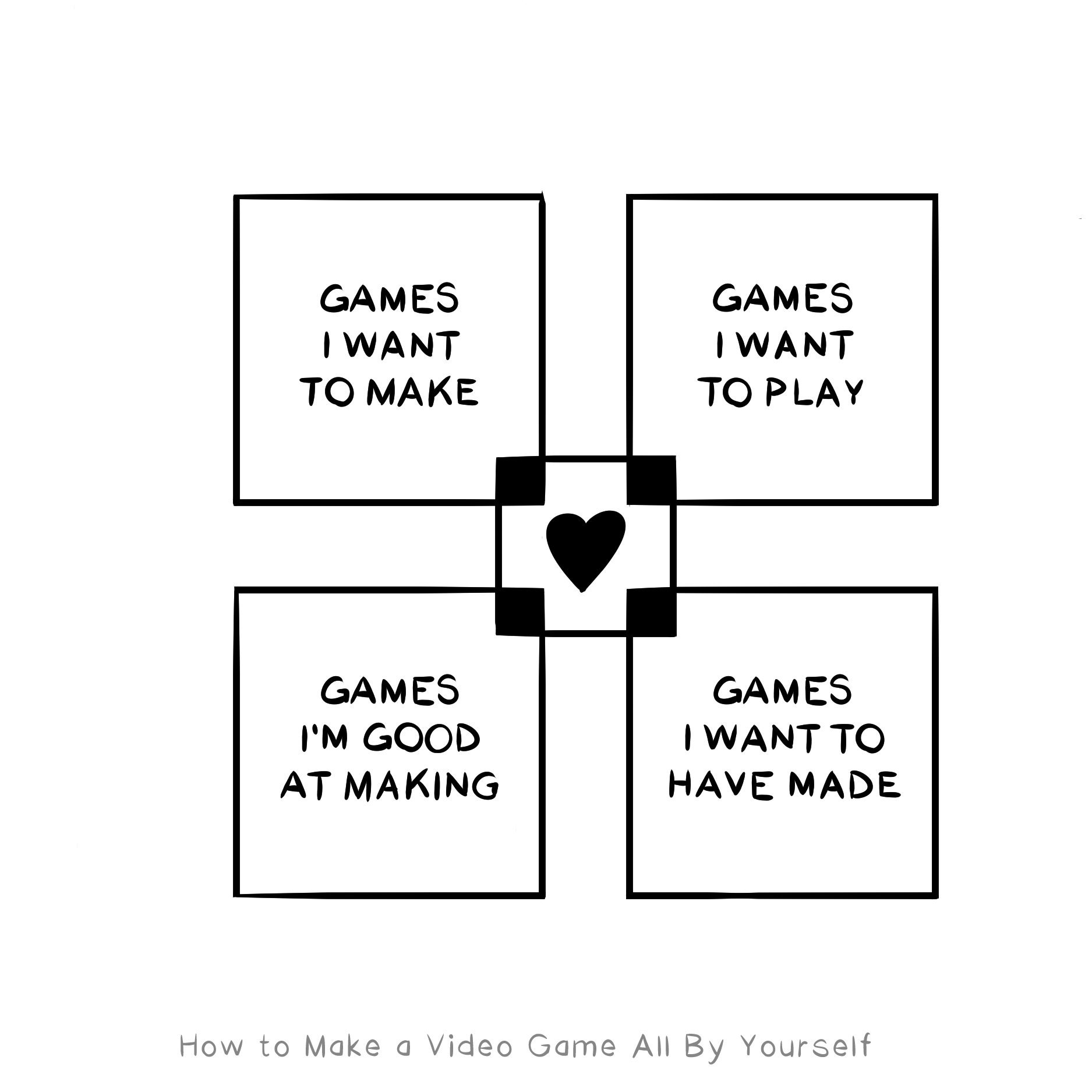
When I can't find a particular itch, sometimes what I like to do is roam around my workshop (really that just means navigating folders) looking for unfinished projects. Sometimes they're further along than I remember. These projects were abandoned at some point, but since they exist at all it means that in the past they had traits that appealed to me. It's easy to imagine applying a limitation, or making a cut, or even adding something new to an old project to get it closer to the finish line.
Find a process that works for you then finish something, put it out there, and call it done. Your game doesn't always need to be this big amazing thing, it can just be a small game sometimes. Pick a project that scratches your itches, apply limitations to it, and ship it.
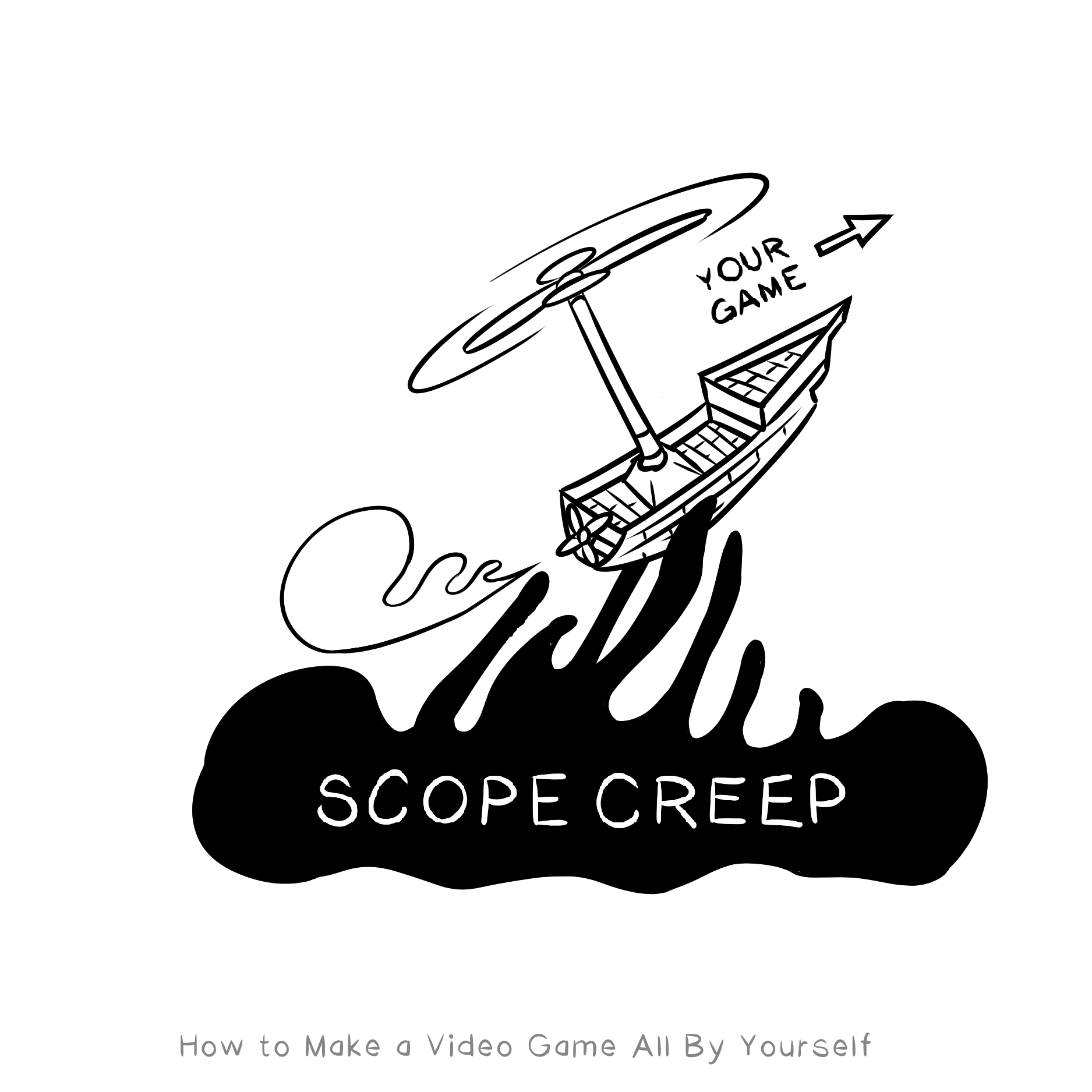
Read These Too
Thanks for reading! I am certainly not the only developer with thoughts on this topic; you should also read:
- Finishing a Game by Derek Yu
- How to choose what game to make next by Jake Birkett
- What Makes an Indie Hit?: How to Choose the Right Design by Ryan Clark

